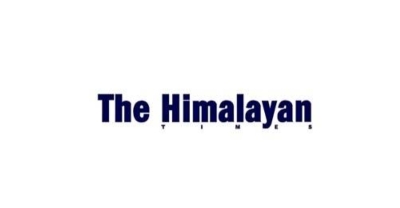Climbing spirit
Spring heralds good weather and mountaineering season in Nepal. It has become routine for most climbers to assault the Himalayan peaks in that brief period — March to June — when the thawing snow, rising temperatures and clear skies are considered alpine-friendly, and that is before the monsoon sets in. Hence, this period is also a godsend for Nepal since Tenzing and Hillary made it known to the world that they first climbed the highest point on earth as far back as 1953. The season is anticipated by the Sherpas who get employment in helping the climbing teams to scale the peaks. The government gets royalty in return for climbing permission. Then there are the trekking agents, mountaineering guides, middle men, hoteliers, and a range of others benefiting from mountaineering.
With another spring around, the government is already warming up to welcome as many expeditions as it can. So far, 10 different groups have applied for climbing permission. Everest aside, there are applicants for scaling Mt Manaslu and Mt Dhaulagiri. Although the royalty slab teams pay differs with each route and peak, the climbing fee has been one of the most steady sources of income for the Ministry of Civil Aviation, Tourism and Culture. The ministry has also in recent years simplified the process of acquiring the papers and permission required to climb a mountain. Nevertheless, there are many more areas that the ministry can still do to encourage mountaineering. But in the last several years, economics took precedence over other negative influences commercialised mountaineering brought to Nepal. Although several aspects of high-altitude pollution are being addressed, more needs to be done about it. Also, the government has not done so much as the expeditioners to uplift the Sherpas, without whom, the mountaineering landscape would be a different story in Nepal.
Such expeditions are also a logistics challenge. The feat of first scaling of major mountains aside, the last two years have been notable in the history of mountaineering in Nepal when an avalanche of records were broken. But there was a dispute over one of the records, the one pertaining to the fastest Everest ascent. If it is important for the ministry to get armed to face the logistics hurdle, the climbers too must know that it is an ungainly scenario to battle the winner out in the courts. While a record is always welcome, it must not be a cause for suspicion and mud-slinging among fellow climbers. It inflicts collateral damage to the whole cause of adventure. The climbing season has arrived and the government must do all it can to make it a success. The problems at home will not put a damper on the climbers’ spirit.





